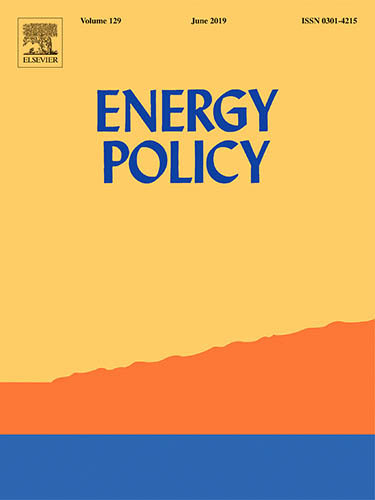Article, Refereed Journal
Energy Policy

In this paper, we adopt a novel approach to integrate political-organizational and techno-economic considerations to analyze decarbonization pathways for the United States. To do so, we first construct three portfolios of granular policies that target greenhouse gas (GHG) emissions reductions in the electricity, transportation, and buildings sectors, which we deem politically feasible under different federal political contexts. We then implement sectoral policy portfolios in the US-TIMES model and compare them to a business-as-usual (BAU) scenario and an 80% system-wide decarbonization scenario that uses stylized emissions constraints to produce the least-cost decarbonization pathway. Our findings reveal that greater political alignment enables electrification to play a more significant role as a central component of decarbonization. Renewable electricity generation and light-duty vehicle electrification both expand. Moreover, if the political environment allows more ambitious climate policies, deeper decarbonization can actually be achieved at a lower average abatement cost because more economically efficient policy instruments become politically feasible. However, our results indicate that none of our sectoral policy portfolios is sufficient to reduce system-wide GHG emissions by 80% by 2050. Major emissions sources for which new technologies and policies will be needed include heavy-duty vehicles, aviation, industrial production, and natural gas use in buildings.
Research Topic
Climate Change

